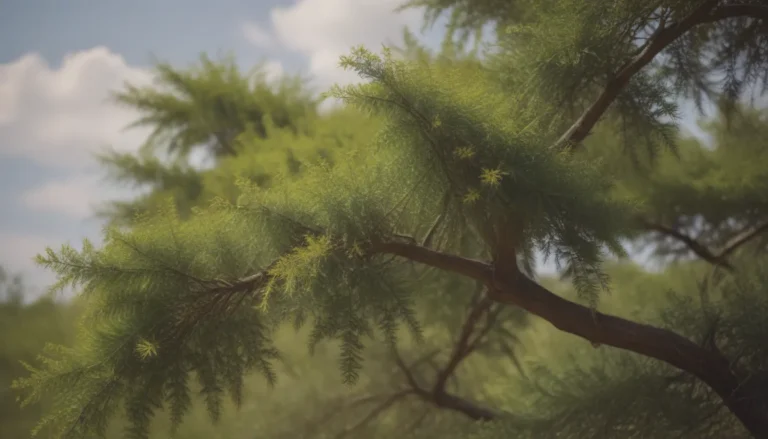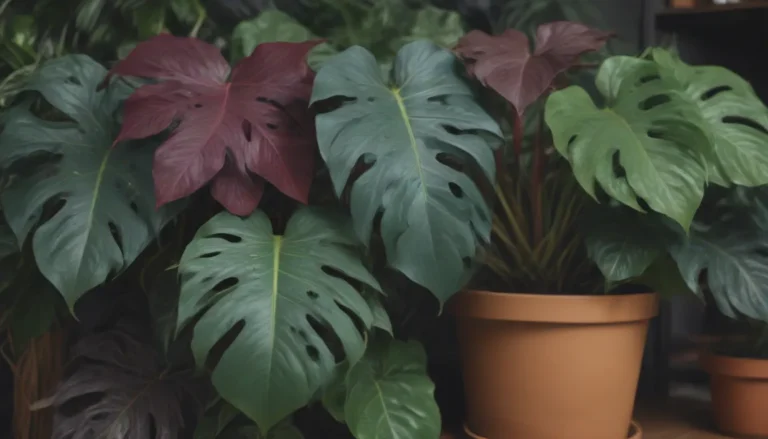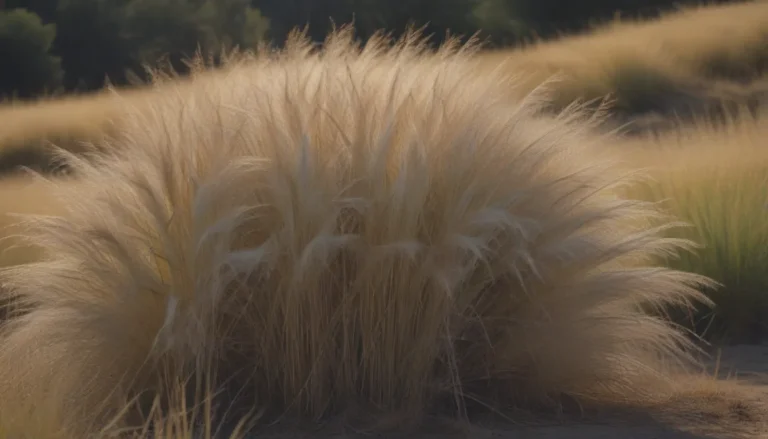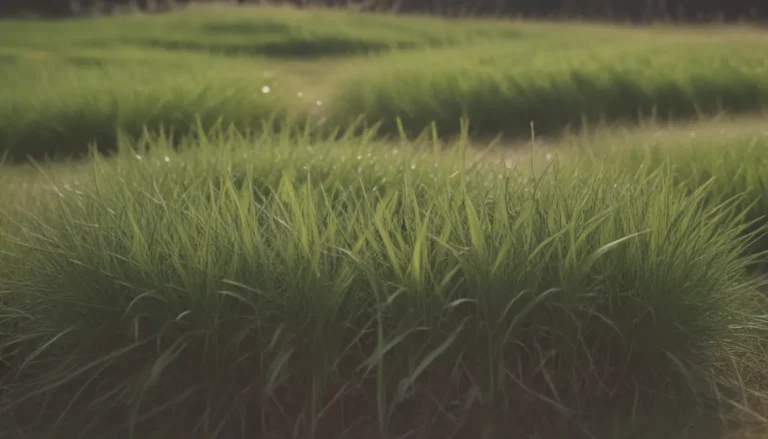A Complete Guide to Growing Red Salvia in Your Garden
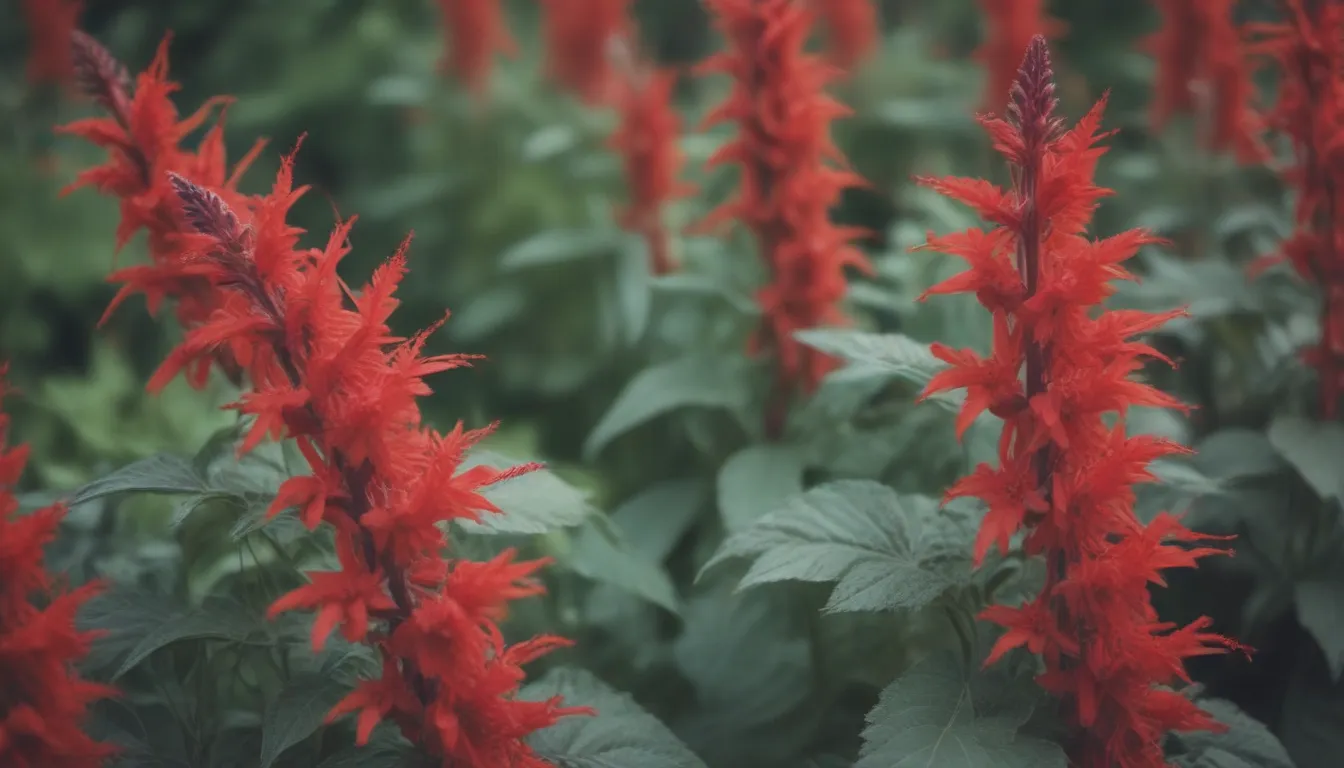
If you want to add a pop of vibrant color to your garden with minimal effort, red salvia might just be the plant for you. These stunning flowers, native to Brazil, can easily become the focal point of your garden with proper care and maintenance. In this comprehensive guide, we will cover everything you need to know about growing and caring for red salvia to ensure they thrive in your outdoor space.
Red Salvia: An Introduction
Red salvia, scientifically classified as Salvia splendens, is a beautiful flowering plant that belongs to the mint family. While it is technically a perennial, it is commonly grown as an annual in temperate zones. Red salvia is best known for its scarlet variety, but it also comes in a range of other colors including white, salmon, pink, purple, lavender, burgundy, and orange. These plants grow quickly, reaching heights of 18 to 30 inches at maturity, making them a stunning addition to any garden landscape.
Why Choose Red Salvia?
- Stunning range of colors to choose from
- Fast-growing plants that add instant impact to your garden
- Low maintenance and easy to care for
- Deer and rabbit resistant due to the scent of their leaves
Red Salvia Care Tips
To ensure your red salvia thrives and produces abundant flowers, it is essential to provide the right growing conditions and care. Here are some key tips to keep in mind when caring for your red salvia plants:
Light
Red salvia thrives in bright sunlight, so it is essential to plant them in a location where they will receive at least six to eight hours of sunlight per day. While they can tolerate partial shade, they will bloom more profusely in full sun.
Soil
Plant your red salvia in well-draining, moist soil that is rich in organic matter. Ensure the soil does not become waterlogged, as this can cause root rot. If your soil lacks nutrients, amend it with organic matter before planting to provide the necessary nutrition for your plants.
Water
Red salvia plants prefer consistently moist soil but do not overwater them, as this can harm the roots. Water deeply every seven to ten days, depending on rainfall and temperature. Before watering, check that the top layer of soil is dry to avoid overwatering.
Temperature and Humidity
Red salvia plants are sensitive to temperature and do not tolerate frost. Ensure they are planted in an environment with stable temperatures above 32 degrees Fahrenheit. While they do not have special humidity requirements, avoid exposing them to extreme humidity levels.
Fertilizer
Fertilize your red salvia plants with a balanced fertilizer once in the spring. These plants are not heavy feeders and do not require frequent fertilization to thrive.
Other Salvia Varieties to Explore
In addition to red salvia, there are many other varieties of salvia available that can add diversity to your garden. Some popular cultivars include:
– ‘Alba’
– ‘Ablazin™ Purple’
– ‘Carabiniere’
– ‘Salsa Scarlet Bicolor’
These varieties offer different colors and heights, allowing you to create a dynamic garden with a mix of salvia plants.
Dealing with Pests and Diseases
Like any garden plant, red salvia is susceptible to pests and diseases that can affect its growth. Some common pests to watch out for include slugs, snails, and whitefly. When purchasing plants, inspect the leaves carefully to avoid bringing pests into your garden. If you notice any signs of infestation, you can:
– Remove pests with a strong blast of water
– Treat the plant with insecticidal soap or neem oil
– Repeat treatments until the infection clears up
By staying vigilant and addressing pest issues promptly, you can keep your red salvia plants healthy and beautiful.
In Conclusion
Red salvia is a versatile and low-maintenance plant that can add a burst of color to your garden with minimal effort. By following the care tips outlined in this guide, you can ensure your red salvia plants thrive and bloom beautifully throughout the summer and fall. Experiment with different varieties, provide the right growing conditions, and watch your garden come alive with the vibrant hues of red salvia flowers.
Remember, gardening is a journey of discovery and learning, so don’t be afraid to experiment and enjoy the process of nurturing your plants to their full potential. Happy gardening!
